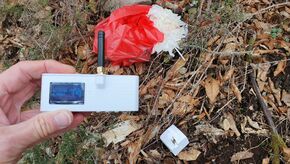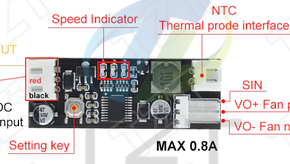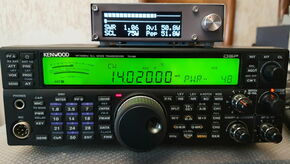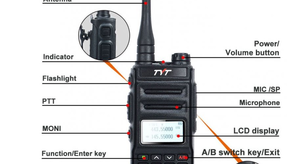K3NG Winkeyer
- Details
- Hits: 9296
 |
KISS (Keep It Simply Stupid) principle for the realization and parameter setting of this Winkey CW keyer using an Arduino Nano and the Keyer software by K3NG. |
Fan speed controller board setting
- Details
- Hits: 27508
For one of my projects, I recently bought on Aliexpress (see links at end of article) a Chinese fan speed controller board.
I was struggling to understand how this board can be set, the instructions found on Aliexpress being nearly of no help. The Chinese to English translation is.... :-)
Here is what I found ...
RDZ_TTGO radiosonde receiver use
- Details
- Hits: 18832
 |
After having build a radiosonde receiver using the DL9RDZ software and a TTGO module, here is a short article on its use in the field. |
Power/SWR meter à la PD0LEW
- Details
- Hits: 14213
Page 3 of 8


